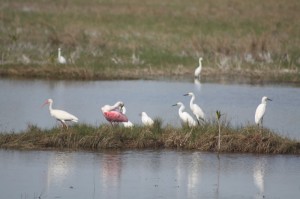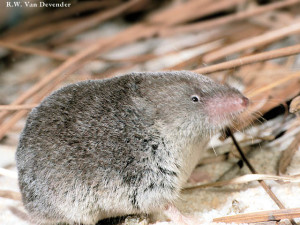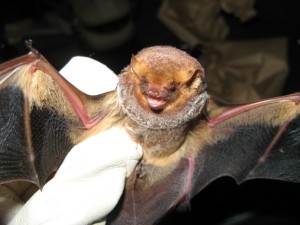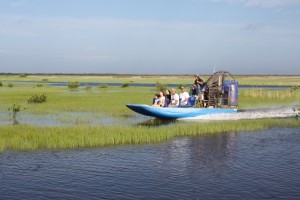 It’s that time of year again! Wildlife view season in the Everglades. Sure, you can see birds and animals in the Park year-round, but more species migrate to the area during this winter, dry season. Unlike other areas of the country, the Everglades remains warm and since it is the dry season, there are also low water levels, which creates the ideal environment for many species to spend there time in…and even breed.
It’s that time of year again! Wildlife view season in the Everglades. Sure, you can see birds and animals in the Park year-round, but more species migrate to the area during this winter, dry season. Unlike other areas of the country, the Everglades remains warm and since it is the dry season, there are also low water levels, which creates the ideal environment for many species to spend there time in…and even breed.
If you’re looking for an alligator, birds, or freshwater wildlife, your best bet is to head to Shark Valley, the Anhinga Trail (at Royal Palm) and Eco Pond. If you love birdwatching, Snake Bight (near Flamingo) and Chokoloskee Bay (Gulf Coast) are great spots to see water birds feeding.
The Everglades is a fragile habitat. From natural weather disasters to human development, the wetland has been stressed to be a healthy ecosystem. As humans, we are a guest in the Everglades; these animals and birds call this area home, so we need to respect them. They are wildlife, not pets, so it’s important to be respectful of all living creatures in the park, along with the Park itself. Bothering the animals could potentially stress them out or make them fearful or agitated. You do not want an animal angry with you, but also you do not want to upset an animal, because it could migrate or breed elsewhere (or not at all).
For this post, we wanted to share with you some wildlife viewing rules and tips while in Everglades National Park. Although some of these rules seem like no-brainers, it’s always good to refresh your memory. These rules come straight from the National Park Service.
- Keep a good distance away from all wildlife.
- Use binoculars or spotting scopes to get a berry view of any creature.
- Never chase or corner an animal.
- If an animal/bird seems agitated, back away, and even leave the area if it does not calm down.
- Stay on the trails. You don’t want to disturb nests and dens.
- Do not need wildlife.
- If you find a sick or hurt animal or bird, leave it alone. If you’re concerned, fine a Park ranger or employee.
- Do not bring your dogs onto the trails; they are not allowed.
- Respect the environment if you do choose to go off the trails.
You can either view wildlife by foot or by airboat! Come do some wildlife viewing by airboat on a ride with Captain Mitch. Captain Mitch’s Airboat Tours give you a glimpse of the Everglades like no other. To book an airboat ride, click here or call 800-368-0065.
 What’s a shrew? A shrew is a small mouse-like mammal with a long, pointed snout and tiny eyes. The Everglades happens to be home to a few different families of shrews. For this article, we wanted to focus on sharing some facts about the North American Least Shrew.
What’s a shrew? A shrew is a small mouse-like mammal with a long, pointed snout and tiny eyes. The Everglades happens to be home to a few different families of shrews. For this article, we wanted to focus on sharing some facts about the North American Least Shrew. The Everglades is full of creatures including the Seminole bat. This bat is considered to be a “medium” -sized bat weighing in at only 8 to 15 grams with an 11 to 13-inch wingspan. This bat is a deep mahogany in color that is frosted at the tips. Males and females are similar in color. This bat has fur from the tip of its tail to its arms and wrists and shoulders.
The Everglades is full of creatures including the Seminole bat. This bat is considered to be a “medium” -sized bat weighing in at only 8 to 15 grams with an 11 to 13-inch wingspan. This bat is a deep mahogany in color that is frosted at the tips. Males and females are similar in color. This bat has fur from the tip of its tail to its arms and wrists and shoulders. Captain Mitch has been zipping through the Everglades on an airboat since he was a little tike. He followed in his family’s footsteps and began his own airboat touring company more than 30 years ago. As most people know, airboats are pretty iconic in the Everglades. Airboats are great way to travel in the Park that allow guests access to areas that are not accessible by foot.
Captain Mitch has been zipping through the Everglades on an airboat since he was a little tike. He followed in his family’s footsteps and began his own airboat touring company more than 30 years ago. As most people know, airboats are pretty iconic in the Everglades. Airboats are great way to travel in the Park that allow guests access to areas that are not accessible by foot.





